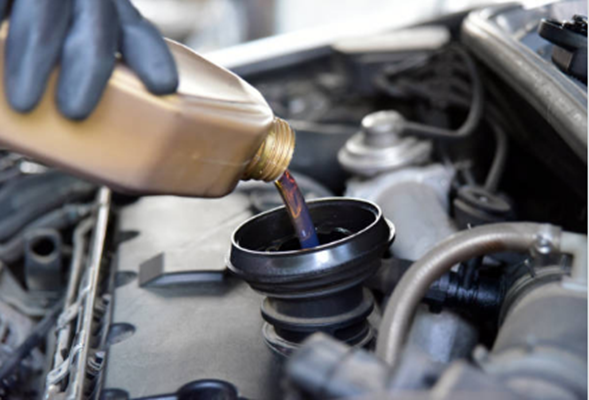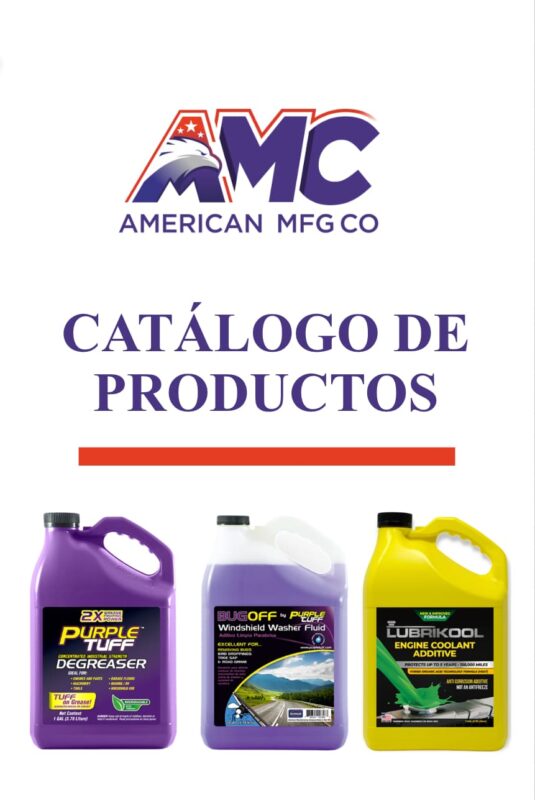Blog
Dangers of Not Using Engine Coolant

For many people, using coolant is treated like using oil: it’s only thought about when something goes wrong with the engine, and then someone—whether it’s your dad or the mechanic—yells at you for not keeping the levels in check. It makes sense, right? You obviously need gasoline. Gas is what keeps the car running—it’s the car’s “food,” and you can’t go without it. Everyone who drives fills up their car with fuel. But if fuel is the “food” for the car, then coolant is the essential vitamin. You can survive on food alone, but eventually your body will start sending warning signs if you lack certain nutrients.
Early explorers setting out from port carried salt, meat, water, and other essentials. But when they began losing teeth and suffering terrible illnesses, they realized the importance of vitamin C and started bringing lemons on future trips. The same goes for car coolant: many people only recognize its importance too late, when the damage is already done.
The first internal combustion engines were invented in the late 19th century. Small explosions powered the engine, transferring energy to where thrust was needed—an incredible discovery. Yet, the joy of the early inventors was short-lived, as engine parts began to wear out, making energy transfer inefficient. The internal combustion engine (ICE) needed frequent replacements of components. It wasn’t sustainable until a liquid solution was found to carry heat away from the engine: water. Water extended engine life by transferring heat away efficiently.
However, water alone had limitations. It boils at 100°C (212°F), becoming ineffective at high engine temperatures. Conversely, it freezes at 0°C (32°F), and expansion from freezing can crack the engine.
The solution was coolant. The first antifreeze was synthesized in the late 19th century and mixed with engine water, expanding the temperature range and keeping the liquid from freezing or boiling too soon. This reduced engine wear. Early formulas, however, sometimes damaged engine metals, and it took time to develop the perfect chemical mix that solved this problem.
Experts warn that driving without engine coolant is dangerous. Low or absent coolant can cause overheating, triggering the engine temperature gauge to rise and the “check coolant” light to blink (unless the gauge is faulty). Ignoring this can reduce engine performance, cause the “check engine” light to appear, and even affect the car’s AC or heater. Continued neglect can result in catastrophic engine damage, such as a blown head gasket or a completely ruined engine—costly repairs that could have been avoided.
Modern cars often have safety systems that shut the engine down before major damage occurs, but older cars are at greater risk. Driving without coolant can also be unsafe if the engine fails on the road.
The takeaway: always keep your engine coolant topped up. It’s essential for protecting your engine, maintaining optimal performance, and avoiding expensive repairs. For reliable engine coolant, consider premium options from trusted suppliers to ensure worry-free driving.
If you want, I can also create a concise “key points” version of this article that highlights the dangers of running a car without coolant for quick reading or social media. Do you want me to do that?




